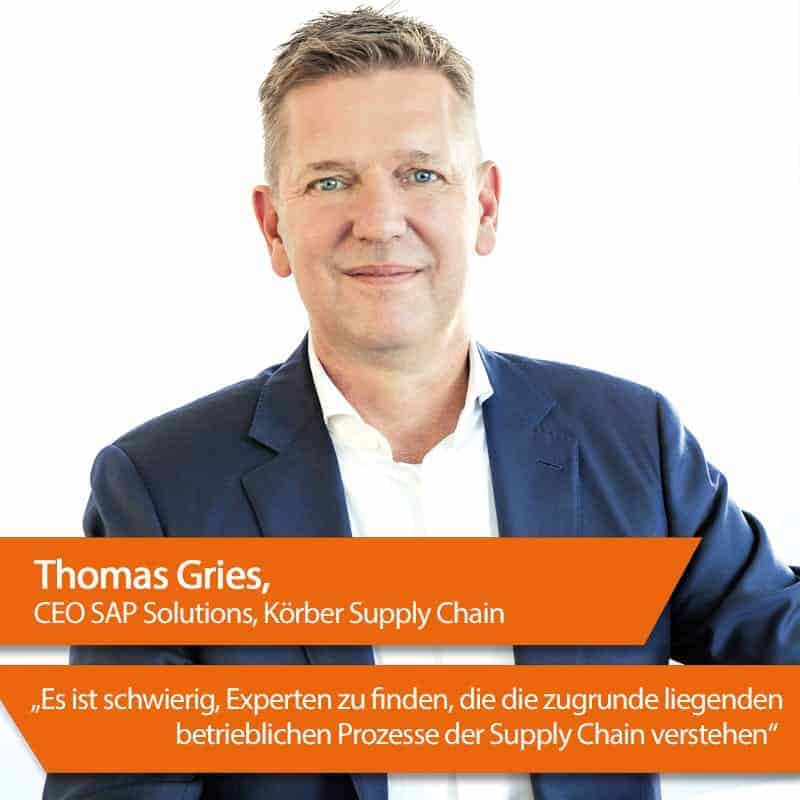SAP and Voice in the Warehouse: Dream Team?


Due to the advancing digitalization and increase in online trade (B2B and B2C), the supply chain is developing more and more into a competitive success factor. Innovative software solutions play a central role in efficient processing. The advantages of voice are also obvious, although there are also a number of things to consider.
What Voice can do
The open SAP system architecture supports a range of voice integration methods, which many SAP users find sustainably improves operational efficiency and processing precision. The reasons are obvious: Whether with SAP EWM or WM, voice is quickly operational without major effort.
However, the seamless integration of the ERP into the warehouse management solution down to the operational voice control level not only promotes efficiency and precision, but also the ergonomics and safety of employees in the warehouse environment. Last but not least, companies can also more clearly meet changing customer requirements, throughput targets or scalability demands in this way.
Historically, the use of voice in industry was developed primarily for picking boxes, parts or batches. Since picking processes often account for about 50 percent of warehouse labor costs, this area offers the highest return on investment (ROI). But recently, the use of voice has expanded to other warehouse areas.
These include cycle counting, replenishment processes, carousel operations, truck loading and much more. Voice solutions basically give verbal instructions via a headset connected to a mobile device. This is used to confirm the individual execution steps in real time in order to proceed to the next step. Voice also supports multimodal application scenarios using scanners, printers, keyboards and on-screen displays.
Strategic application possibilities
In fact, a voice solution integrated with SAP can even become a critical strategic tool for companies. Logisticians have reported, in some cases, a 50 percent decrease in picking errors and an ROI in as little as one year.
This can be attributed to the fact that voice offers unique ergonomic benefits, promotes concentration and helps users to act both more precisely and more productively. Modern voice technologies for industrial applications are specifically designed for noisy, harsh environments. Noise-cancelling features reduce common background noise in the warehouse, such as the unloading of pallets, the honking of trucks, or even mechanical noise from the conveyor system.
Voice technology also makes it possible to overcome language barriers. Most solutions are available in more than 40 languages, allowing employees to interact with SAP in the most natural and efficient way.

What makes the difference?
Voice is the most natural way to communicate, both in receiving instructions and providing responses. For distribution centers looking to optimize productivity, it's an obvious choice.
However, companies need to consider carefully which processes and integration options are best suited to their requirements. Many paths lead to the goal, which is why companies should consult a reliable and experienced partner to help design and implement a voice system.
Thomas Gries, Chief Executive Officer SAP Solutions at Körber, emphasizes: "Many SAP consulting firms have extensive experience with the major SAP solutions, particularly S/4 Hana or legacy ERP (ECC). However, it's harder to find companies that specialize in implementing the supply chain logistics suite, and even harder to find supply chain experts who truly understand the underlying operational processes."
Voice in numbers
Productivity increases of up to 35 percent
Precision increases by up to 99.9 percent Reduction of training time by up to 50 percent
Estimated reduction in employee turnover by
up to 50 percent





